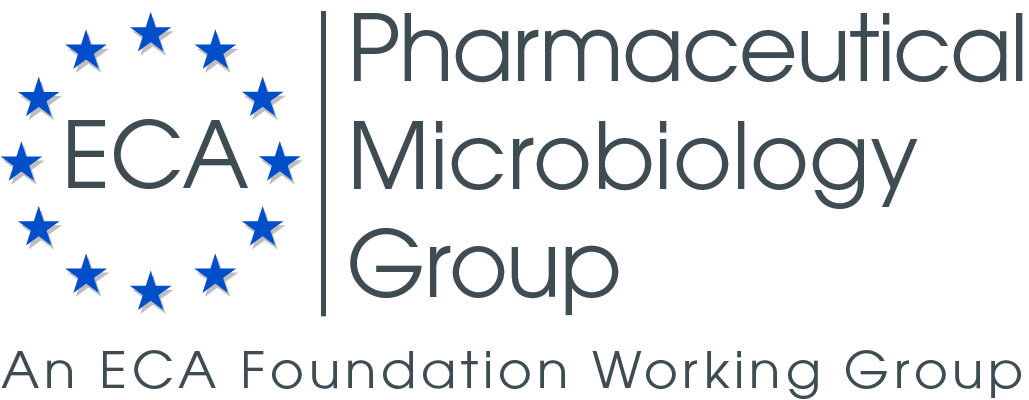|
|
|
 |
19. Media Fill
|
|
|
|
-
A novel approach to the statistical evaluation of media fill tests by the difference from no contamination data. - more
-
The Application of Noninvasive Headspace Analysis to Media Fill Inspection - more
-
Comparison of Tunable Diode Laser Absorption Spectroscopy and Isothermal Micro-calorimetry for Non-invasive Detection of Microbial Growth in Media Fills - more
Kawamura K, Abe H
PDA J Pharm Sci Technol.
Abstract
It is obvious that, in the media fill test and process simulation test, positive numbers in total fills should not have any significant difference from zero or asepsis. There are many reports concerning the definition of "sterility" or "asepsis." However, any scientific and practical methods to demonstrate "no significant difference from zero" have not been reported up to now. The existing criteria, such as "less than 0.1%," "less than 0.05%," and "less than two positives" are not appropriate to assure the integrity of processes, and sometimes lead to erroneous results. The purpose of this report is to demonstrate novel, reasonable and practical methods and criteria based on scientific and statistical consideration. According to the ISO 13408-1 Aseptic Processing of Health Care Products, Part 1 (1998), General Requirement for Aseptic Processing, the action level for the number of positive units in media fill tests is specified as 0.1%, and the alert level is 0.05%. In this paper it is shown that the existing ISO standard and other official methods are inappropriate in that zero contaminated units (sterile product) is outside the confidence range of probable distribution of contaminated units, even though the contaminated units are less than 0.1% in larger numbers of fills, and even less than 0.05%. This indicates that the limit of 0.1% or 0.05% is inappropriate in cases of larger numbers of fills. For sterile products, the number of contaminated units other than "zero" at the statistical confidence range must be judged to be contaminated units in process and as non-sterile. In order to harmonize this criteria-"no significant difference from zero"-with the existing criteria, the new criteria may be combined with only the existing criteria of 0.05% in smaller number of fills.
|
|
|
Duncan D, Cundell T, Levac L, Veale J, Kuiper S, Rao R.
http://www.ncbi.nlm.nih.gov/pubmed/26865678
Abstract
The results of a proof-of-principle study demonstrating a new analytical technique for detecting microbial growth directly in pharmaceutical containers are described. This analytical technique, laser-based headspace analysis, uses tunable diode laser absorption spectroscopy to nondestructively determine gas concentrations in the headspace of a media-filled pharmaceutical container. For detecting microbial growth, the levels of headspace oxygen and carbon dioxide are measured. Once aerobic microorganisms begin to divide after the lag phase and enter the exponential growth phase, there will be significant consumption of oxygen and concomitant production of carbon dioxide in the sealed container. Laser-based headspace analysis can accurately measure these changes in the headspace gas composition. The carbon dioxide and oxygen measurement data for the representative microorganisms Staphylococcus aureus, Bacillus subtilis, Candida albicans, and Aspergillus brasiliensis were modeled using the Baranyi-Roberts equation. The mathematical modeling allowed quantitative comparisons to be made between the data from the different microorganisms as well as to the known growth curves based on microbial count. Because laser-based headspace analysis is noninvasive and can be automated to analyze the headspace of pharmaceutical containers at inspection speeds of several hundred containers per minute on-line, some potential new applications are enabled. These include replacing the current manual human visual inspection with an automated analytical inspection machine to determine microbial contamination of media fill and pharmaceutical drug product vials.
|
|
|
David Brueckner, David Roesti, Ulrich Georg Zuber, Rainer Schmidt, StefanKraehenbuehl, Gernot Bonkat & Olivier Braissant
http://www.nature.com/articles/srep27894
Abstract
Two methods were investigated for non-invasive microbial growth-detection in intact glass vials as possible techniques for automated inspection of media-filled units. Tunable diode laser absorption spectroscopy (TDLAS) was used to determine microbially induced changes in O2 and CO2 concentrations within the vial headspaces. Isothermal microcalorimetry (IMC) allowed the detection of metabolic heat production. Bacillus subtilis and Streptococcus salivarius were chosen as test organisms. Parameters as robustness, sensitivity, comparability and time to detection (TtD) were evaluated to assess method adequacy. Both methods robustly detected growth of the tested microorganisms within less than 76 hours using an initial inoculum of <10CFU. TDLA
SO2 turned out to be less sensitive than TDLA SCO2 and IMC, as some false negative results were observed. Compared to the visual media-fill examination of spiked samples, the investigated techniques were slightly slower regarding TtD. Although IMC showed shorter TtD than TDLAS the latter is proposed for automating the media-fill inspection, as larger throughput can be achieved. For routine use either TDLA
SCO2 or a combination of TDLA SCO2 and TDLA SO2 should be considered. IMC may be helpful for replacing the sterility assessment of commercial drug products before release.
|
|
|
|



